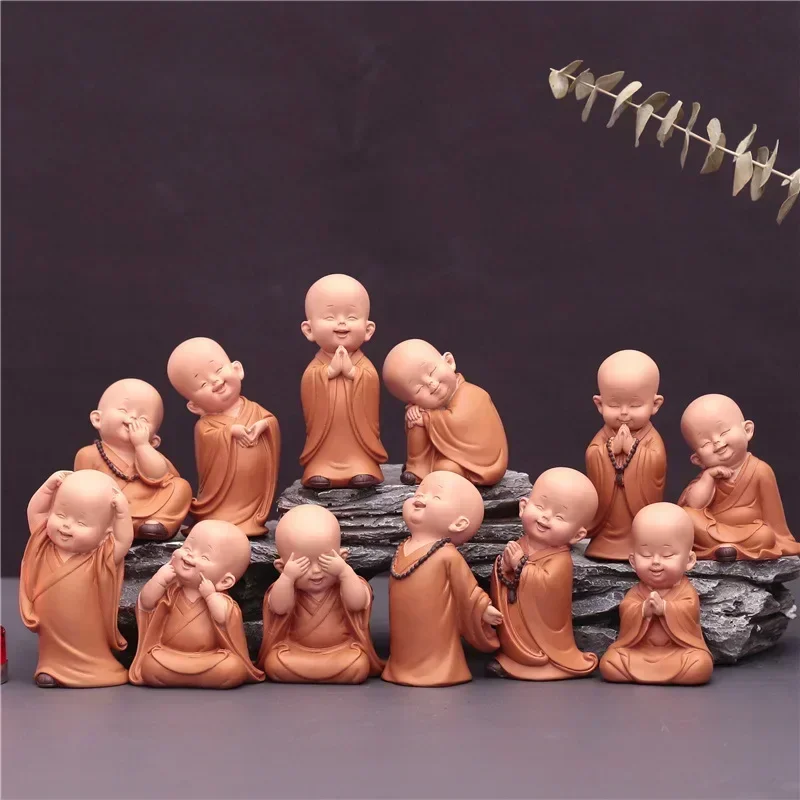Contents
From Chakras to Reiki: Exploring the World of Energy Healing Techniques
Energy Healing Techniques is a practice that has gained popularity in recent years as people seek alternative methods for improving their overall well-being. It involves the manipulation and balancing of the body’s energy fields to promote healing and restore harmony. Exploring different techniques of energy healing is important because each technique offers unique benefits and may resonate differently with individuals. By understanding the concept of energy healing, its history, and various modalities, individuals can make informed decisions about which techniques to explore and incorporate into their lives.
Key Takeaways
- There are various types of energy healing techniques, including Reiki, acupuncture, and crystal healing.
- Chakras play a crucial role in energy healing, as they are the energy centers of the body.
- Energy healing can provide numerous benefits, including stress relief, pain management, and improved overall well-being.
- When seeking an energy healer, it is important to do your research and find a qualified practitioner who aligns with your beliefs and values.
Understanding the concept of energy healing
Energy healing is a holistic approach to wellness that focuses on the body’s energy systems. It is based on the belief that imbalances or blockages in these energy systems can lead to physical, emotional, and spiritual ailments. Energy healers work with the subtle energy fields surrounding the body to restore balance and promote healing. This can be done through various techniques such as hands-on healing, distance healing, or self-healing practices.
The history of energy healing
Energy healing has roots in ancient practices that date back thousands of years. In ancient civilizations such as China, India, and Egypt, healers recognized the existence of energy fields within the body and developed techniques to manipulate and balance them. These practices were often intertwined with spiritual beliefs and rituals.
In modern times, energy healing has evolved and incorporated elements from different cultures and traditions. The development of quantum physics has also contributed to our understanding of energy fields and their impact on health. Today, energy healing techniques are widely practiced and recognized as complementary therapies in many healthcare settings.
Types of energy healing techniques
| Category | Metric | Value |
| Website Traffic | Visitors | 10,000 |
| Website Traffic | Pageviews | 50,000 |
| Social Media | Followers | 5,000 |
| Social Media | Likes | 2,000 |
| Email Marketing | Subscribers | 1,000 |
| Email Marketing | Open Rate | 25% |
There are numerous types of energy healing techniques available, each with its unique approach and benefits. Some popular techniques include acupuncture, reiki, pranic healing, quantum touch, and many more. Acupuncture involves the insertion of thin needles into specific points on the body to stimulate energy flow. Reiki is a Japanese technique that uses the practitioner’s hands to channel healing energy into the recipient’s body. Pranic healing focuses on cleansing and energizing the body’s energy centers. Quantum touch utilizes breathing and body awareness techniques to facilitate healing.
The role of chakras in energy healing
Chakras are energy centers located along the spine that correspond to different aspects of our physical, emotional, and spiritual well-being. There are seven main chakras, each associated with a specific color and function. When these chakras are balanced and aligned, energy flows freely throughout the body, promoting health and vitality. However, imbalances or blockages in the chakras can lead to various ailments. Energy healing techniques often aim to balance and harmonize the chakras to restore overall well-being.
Energy healing modalities
Energy healing can be practiced in various ways, depending on the modality chosen. Hands-on healing involves the practitioner placing their hands on or near the recipient’s body to channel healing energy. Distance healing, on the other hand, allows for healing to be sent remotely, without physical contact. Self-healing techniques empower individuals to take an active role in their healing process by learning how to manipulate their energy fields through practices such as meditation, visualization, or breathwork.
The benefits of energy healing therapy
Energy healing therapy offers a wide range of benefits for individuals seeking physical, emotional, and spiritual well-being. Physically, it can help alleviate pain, reduce inflammation, boost the immune system, and promote overall relaxation and stress reduction. Emotionally, energy healing can help release emotional blockages, reduce anxiety and depression, improve sleep quality, and enhance overall emotional well-being. Spiritually, it can deepen one’s connection to oneself and others, promote a sense of purpose and meaning in life, and facilitate personal growth and transformation.
Case studies and research have shown promising results in the effectiveness of energy healing therapy. For example, a study published in the Journal of Alternative and Complementary Medicine found that reiki therapy significantly reduced pain and anxiety in cancer patients. Another study published in the Journal of Evidence-Based Complementary and Alternative Medicine showed that pranic healing improved symptoms of chronic fatigue syndrome. These studies, along with many others, provide evidence for the benefits of energy healing therapy.
Different types of energy healing courses and techniques
For those interested in learning more about energy healing or becoming a practitioner, there are various types of courses and techniques available. Certification programs offer in-depth training and education, often leading to professional accreditation. Workshops and seminars provide a more condensed learning experience, allowing individuals to explore specific techniques or modalities. Online courses offer flexibility and convenience, allowing individuals to learn at their own pace from the comfort of their own homes.
The science behind energy healing
While energy healing may seem esoteric or mystical to some, there is scientific evidence to support its effectiveness. Quantum physics, a branch of science that explores the behavior of energy at the subatomic level, provides a framework for understanding how energy healing works. According to quantum physics, everything in the universe is made up of energy, including our bodies. Energy healers work with this subtle energy to restore balance and promote healing.
Research studies have also been conducted to investigate the effects of energy healing on various health conditions. For example, a study published in the Journal of Alternative and Complementary Medicine found that acupuncture was effective in reducing pain and improving the quality of life for patients with chronic pain conditions. Another study published in the Journal of Pain Management showed that reiki therapy reduced pain intensity and improved physical functioning in patients with fibromyalgia. These studies suggest that energy healing techniques can have measurable effects on health outcomes.
The role of meditation in energy healing
Meditation plays a crucial role in energy healing as it enhances the practitioner’s ability to connect with and manipulate energy. By quieting the mind and focusing inward, individuals can cultivate a heightened awareness of their energy fields and the energy around them. This increased awareness allows for a deeper understanding of the body’s energy systems and facilitates the flow of healing energy. Various meditation techniques can be used in conjunction with energy healing, such as mindfulness meditation, guided visualization, or mantra meditation.
The power of intention in energy healing
Intention is a fundamental aspect of energy healing. It is the focused and conscious direction of one’s thoughts and energy toward a specific outcome. Intention acts as a catalyst for healing, amplifying the healing energy being channeled and directing it toward the intended purpose. By setting clear intentions, energy healers can enhance the effectiveness of their healing sessions and facilitate positive change in the recipient’s energy field.
The effectiveness of Reiki as an energy healing technique
Reiki is one of the most well-known and widely practiced forms of energy healing. It originated in Japan and involves the practitioner placing their hands on or near the recipient’s body to channel healing energy. Reiki is based on the belief that life force energy flows through all living beings and that imbalances or blockages in this energy can lead to physical, emotional, and spiritual ailments. Numerous case studies and research have shown the effectiveness of reiki in reducing pain, and anxiety, and improving overall well-being.
For example, a study published in the Journal of Alternative and Complementary Medicine found that reiki therapy significantly reduced pain and anxiety in patients undergoing abdominal surgery. Another study published in the Journal of Evidence-Based Complementary and Alternative Medicine showed that reiki therapy improved symptoms of depression and anxiety in cancer patients. These studies provide evidence for the effectiveness of reiki as an energy-healing technique.
How to find a qualified energy healer
When seeking an energy healer, it is important to find a qualified and reputable practitioner. Here are some tips for finding the right energy healer:
1. Research and ask for recommendations: Look for practitioners who have received proper training and certification in their chosen modality. Ask friends, family, or healthcare professionals for recommendations.
2. Check credentials and experience: Verify the practitioner’s credentials and inquire about their experience in practicing energy healing. A reputable practitioner will be transparent about their qualifications and experience.
3. Trust your intuition: Trust your gut feeling when choosing an energy healer. It is important to feel comfortable and safe with the practitioner you choose.
4. Ask questions: Before booking a session, ask the practitioner about their approach, techniques used, and what to expect during a session. A qualified practitioner will be happy to answer any questions you may have.
In conclusion, energy healing is a powerful and holistic approach to wellness that can have profound effects on physical, emotional, and spiritual well-being. By exploring different techniques of energy healing, individuals can find the modalities that resonate with them and incorporate them into their lives. Whether it is through acupuncture, reiki, pranic healing, or other modalities, energy healing offers a wide range of benefits that can enhance overall health and vitality. By understanding the science behind energy healing, the role of meditation and intention, and how to find a qualified practitioner, individuals can embark on a transformative journey toward optimal well-being.
FAQs
What is energy healing?
Energy healing is a holistic practice that involves the manipulation and balancing of the body’s energy fields to promote physical, emotional, and spiritual healing.
What are chakras?
Chakras are energy centers located throughout the body that are believed to be responsible for regulating the flow of energy throughout the body.
What is Reiki?
Reiki is a form of energy healing that originated in Japan. It involves the use of hands-on or hands-off techniques to channel energy into the body to promote healing and relaxation.
What are some other types of energy healing techniques?
Other types of energy-healing techniques include acupuncture, acupressure, reflexology, crystal healing, and sound healing.
Is energy healing scientifically proven?
While there is limited scientific evidence to support the effectiveness of energy healing, many people report positive results from these practices. It is important to note that energy healing should not be used as a substitute for medical treatment.
Is energy healing safe?
Energy healing is generally considered safe when practiced by a trained and experienced practitioner. However, it is important to discuss any health concerns with a healthcare provider before trying any new form of therapy.










